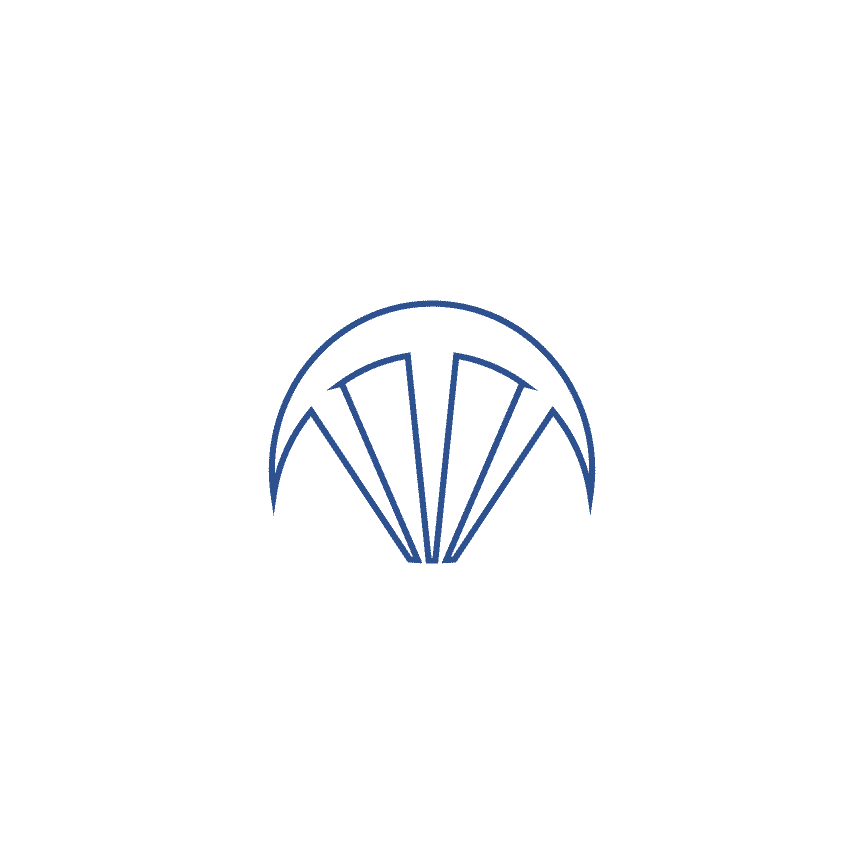
Toshiyuki Yamazaki
山﨑敏行
Share this Artist?
Concept

Concept
Read more
Find 70 original artworks & painters by Toshiyuki Yamazaki. Check out Toshiyuki Yamazaki's profile, artwork prices, exhibition information, and buy art online.
“円相・曼陀羅(マンダラ)・ウロボロス”
Enso is a form of Zen calligraphy that expresses enlightenment, the universe, the whole, etc., but it is left to the viewer to interpret. In esoteric Buddhism, mandalas are a way of expressing the truth of the universe, the state of enlightenment of the Buddha, by depicting Buddhas, Bodhisattvas, etc. Mandalas are also called "ouroboros" (Classical Greek: ouroboros). Ouroboros is "Classical Greek: (ouroboros). It is regarded as a symbol of the unity of beginning and end, eternity, immortality, death and rebirth. It is not a real snake, but a mythical image that psychologist C.G. Jung considered symbolic of the archetype of the human spirit (psyche) common to all humankind.
“花”
Summarized by the language of flowers. Cattleya "graceful" "mature adult charm" Lotus flower "soothing" Paphiopedilum "elegant attire" Ebine "modesty" "sincerity" Spring orchid "unadorned heart" "modest beauty" Rose "beauty" "affection" Iris "good news" Lily "purity" Wisteria "drunk with love" Cherry "spiritual beauty" "purity" Five-color dokudami "change of heart" Aoi Noble and dignified beauty.
“龍”
The length of each part of the dragon's body, from the neck to the base of the arms, from the waist to the tail, is equal. The dragon's horns resemble those of a deer, head a camel, eyes a demon, neck a snake, belly a mirage, scales a carp, claws a hawk, palm a tiger, and ears a cow. The first emperor of the Ming Dynasty followed the Yuan rule and decreed that the dragon, the symbol of the emperor, should have five claws, while the dragon for nobles and high-ranking officials should have four claws. 3-clawed dragons were favored by lower-ranking officials and the general public. It was apparently a mortal sin to use a golden five-clawed dragon except for the emperor. Japanese dragons are said to have been brought to Japan from China during the Yayoi period (710-794), when the current dragon motif was introduced.
“Toshiyuki Yamazaki's Artworks”
Medium
Price Range
USD $97 ~ $1,803Biography
1952 / Born in Ibaraki
2014-2017 Studied under ink painter sk.
2018-2019 Studied under Japanese painter mm sensei.
2019- Studied under Japanese painter mf sensei.



































































































